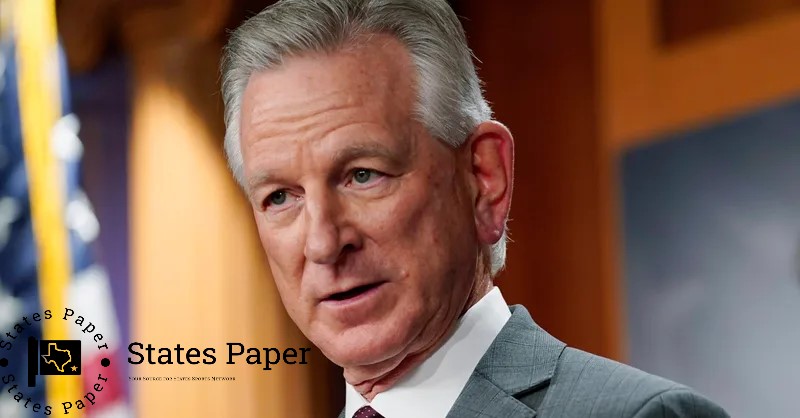Study establishes first causal link between anti-trans laws and suicide attempts

New laws that legislate against the rights of trans and nonbinary youth make trans and nonbinary young people twice as likely to attempt suicide in the past year, a first-of-its-kind study shows.
The study released last week in the journal Nature Human Behavior was conducted by the Trevor Project, an LGBTQ youth suicide prevention and crisis intervention organization making it the first to confirm that the laws led to the increase in attempts at suicide.
The Trevor Project collected data on over 60,000 trans and nonbinary young people (ages 13-24) regarding their mental health from 2018-2022 and 19 state governments passed 48 laws specifically targeting trans people, especially youth. Such measures include; restrictions of transition procedures for minors and existing laws that do not allow trans student athletes to participate in the school athletic activities of their preferred gender.
The study analyzed suicide risk factors for trans and nonbinary young people in the 19 states that enacted the laws, versus trans and nonbinary youth in states where no such laws were passed.
It determined that these laws led to such students attempting suicide by 7% to 72%. It is large because statistics for the following five time periods from 2018 to 2022 have been calculated for the percent increase and estimated percent increase varies with time period and age range of the participants.
‘The point of causation is important,’ agreed Ronita Nath, the Trevor Project’s vice-president of research, who co-authored the paper. “Laws that state that trans folks cannot use the restroom that aligns with the gender they are – these caused, so, not married to, not linked with – we can say with a lot of certainty, 72% increased the number of past-year suicide attempts among trans and nonbinary youth and the percentage of trans and nonbinary youth who made at least one attempt in the past year went up by 49%.”
She added that previous studies have only shown that the existence of laws criminalizing trans people leads to poor mental health among trans and non-binary individuals including youngsters.
This study is important, said Dr. Jack Turban, a child psychiatrist at the University of California San Francisco, and the director of the gender psychiatry program, because their statistical approach is called causal inference, which confirms that these laws are leading to suicides, and not just increasing their rates.
He said that causal link is crucial since the Supreme Court is set to hear U.S. v. Skrmetti, which will be the court’s first case regarding the restriction of medical treatment for trans minors.
“When doing those legal analyses, one of the questions is whether or not the states have a reasonable interest in banning these treatments or in passing these laws,” said Turban, who is also the author of “Free to Be: Helping Children & Young People Understand Kids and Gender Identity.
He also said, “Given the fact that we have empirical evidence that these are things that lead to suicide attempts, it would be very hard to say that states are justified or have a legitimate reason to pass this kind of law.”
Understanding the data
But even within the first measured time period, reaching early 2018, suicide attempt rates among young trans and nonbinary people aged 13-17 in the 19 states with anti-trans laws were 7% higher, although Nath did not anticipate a spike so soon. Past-year suicide attempts for that age group went up by 72% and by 52% after time periods two and three, which span from December 2019 to December 2020.
No significant change in past-year suicide attempt was found in the full sample of trans and nonbinary young people between ages 13 to 24, in time period one; but, in time period two and time period three post-implementation of the laws targeting trans, past-year suicide attempts elevated 38 percent and 44 percent respectively higher compared to other youth in the states where trans related laws were absent.
The study then found ways in which it could control some of these variables to determine causality such as the Covid pandemic in the state, culture, previous suicide rates, national suicide intervention, and federal policy.
There was a few sort of limitations within the study. First, it was cross-sectional, not longitudinal — Young people were asked questions in a single point of time while it is much better to ask the questions several times during months or years. By this, if the study participant made a move to Wyoming, a state that has laws seeking to harm trans people, from a state that did not, such as California, within the past year, Nath said, then the number of affirmative responses to the questions about past-year suicidal attempts may only apply to California. She also said that the researchers believed that kind of misclassification would lower the percent increase in suicide attempts.
This study also did not use random and typical sample as the participants were selected from social media sites. The researchers also could not entice trans and nonbinary young people to live in the states with anti-trans laws and the states with no such laws since such a trial would be unethical, Nath said. As Nath had pointed out the study was done to a sample of young people to represent the full population of trans and nonbinary young people so the results could at least be at a 95%confidence level.
Turban also pointed out that the study does not categorise the laws, thus the nature of the laws that might impact positively or negatively the mental health of youths is still unknown and would require further study.s. The study also fails to capture the ripple effect that the laws have on trans youth who reside in those states that do not have the laws enacted, such as his clients from California, according to Turban. He said they are still getting told things such as ‘trans people are mentally ill’, or ‘If trans people are going to be on those sports teams they are going to hurt their teammates’.
“I’m seeing more of my patients who are being closeted, more of them who are just avoiding sports altogether,” Turban said. “So I really don’t think we can overstate the negative effect it has, even when we’re in places where the laws themselves are not directly affecting us.”
Nath explained that trans and nonbinary youth are actually not capable of increased suicide risk but end up experiencing it as a result of mistreatment and stigma that is also proactively manifested “through the application of such policies.” She referred to Trevor Project data from 2019, which revealed that such youths, who have one affirmative adult in their lives, have a 40% lower likelihood of attempting suicide in the past year.

 Asif Reporter
Asif Reporter























